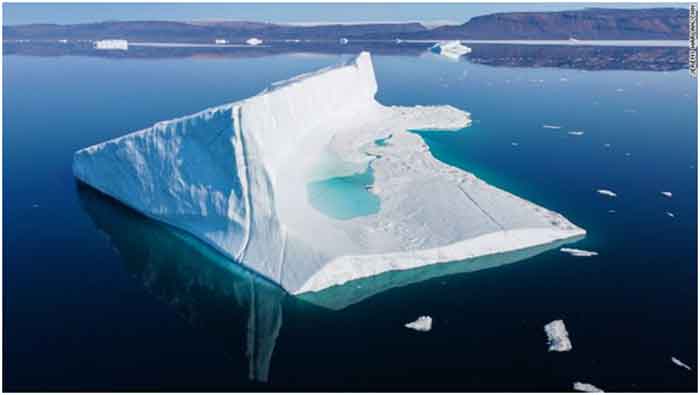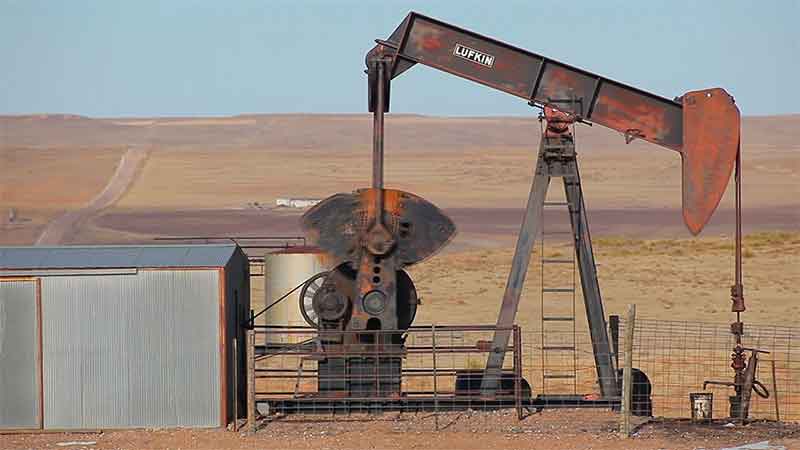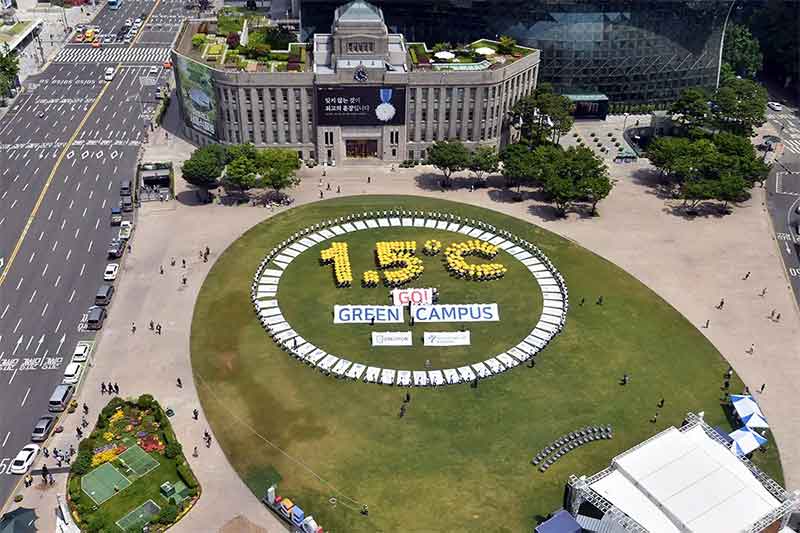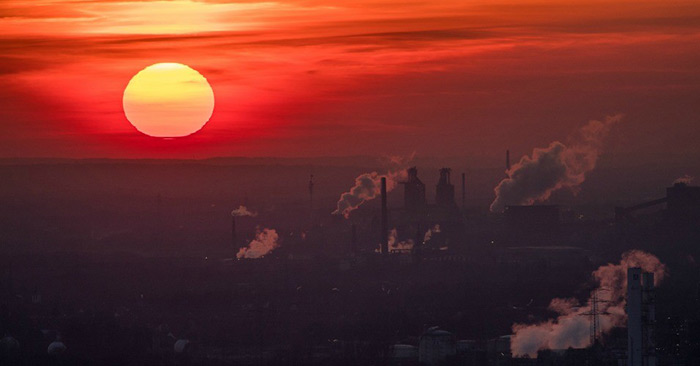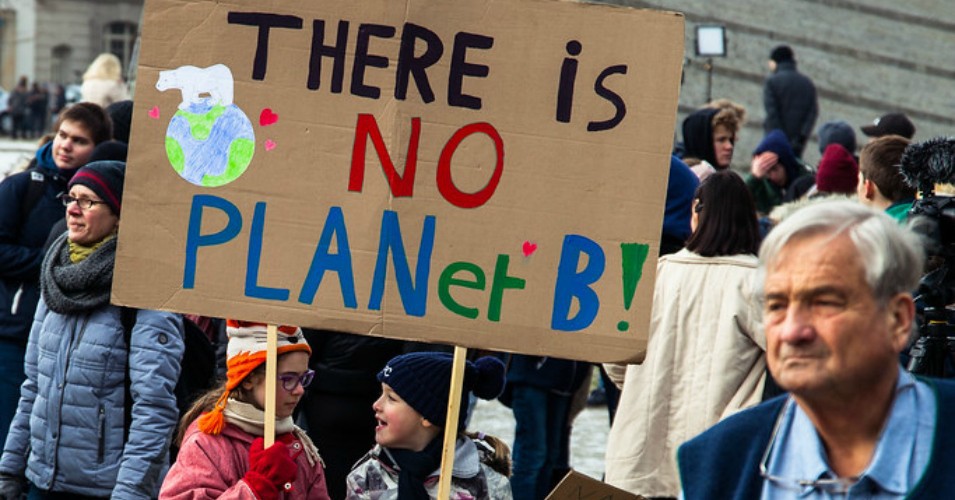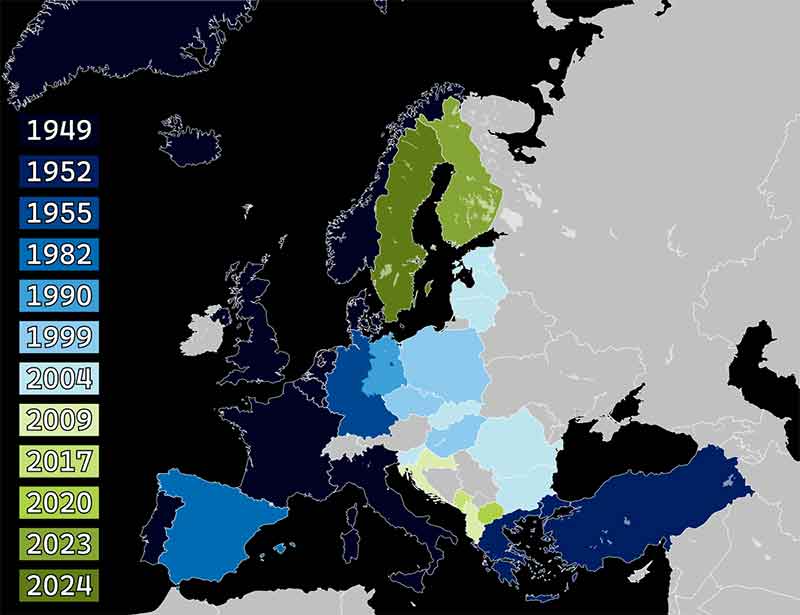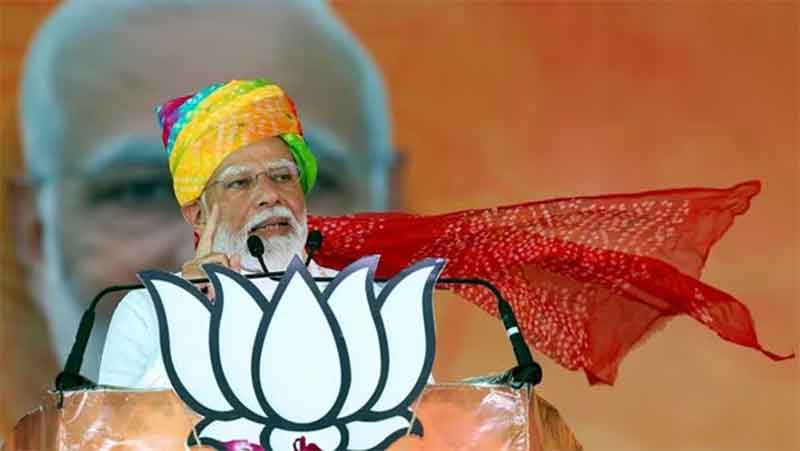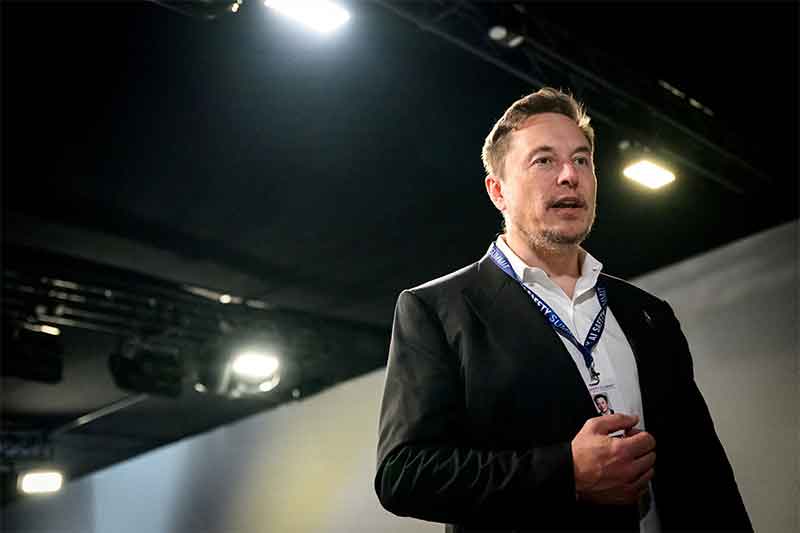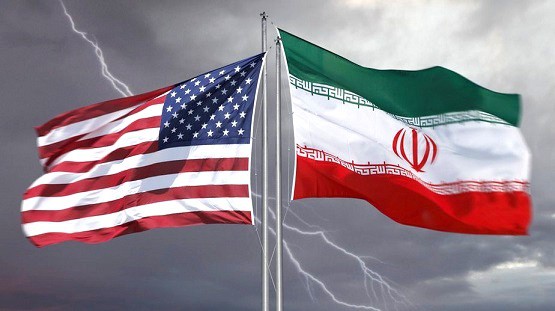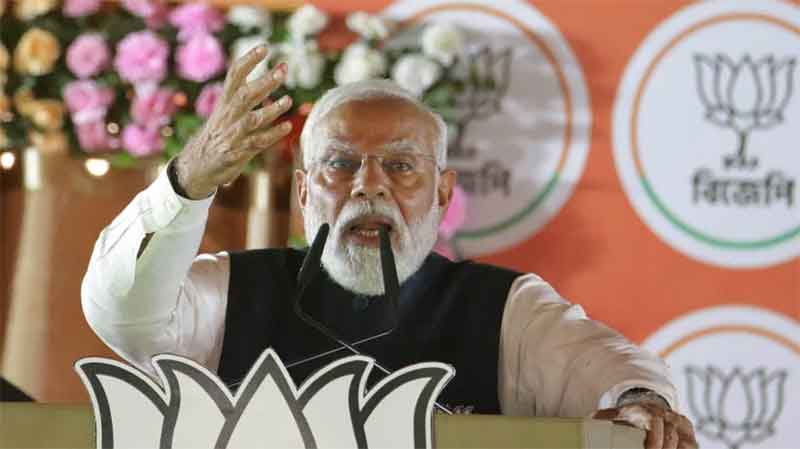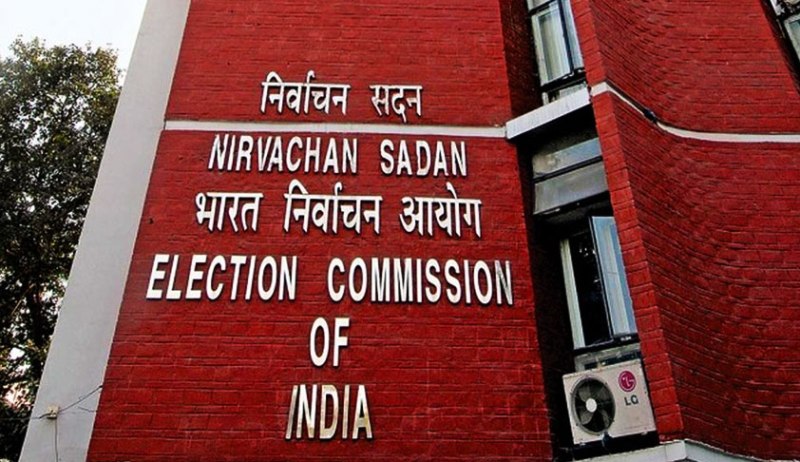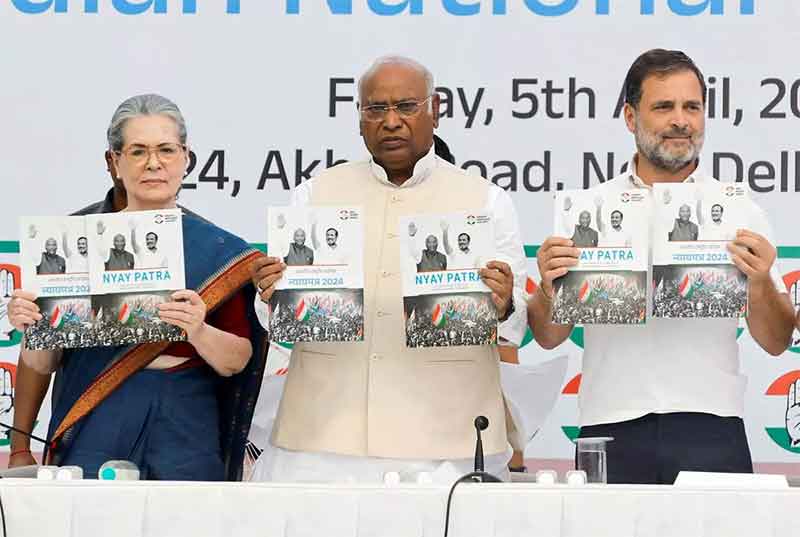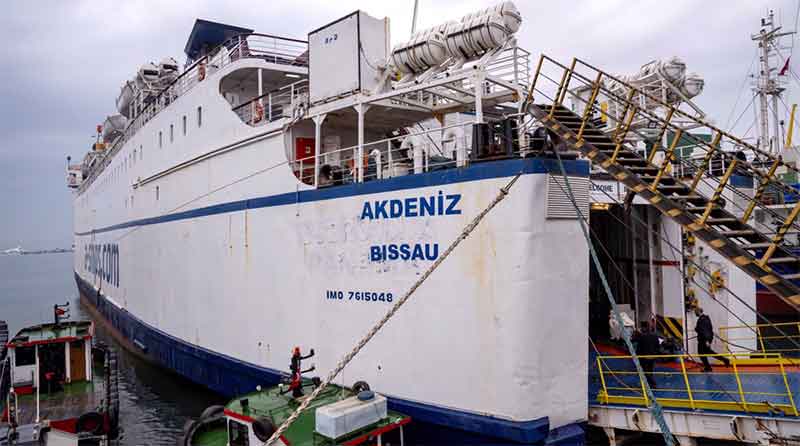Satellite measurements indicate that 2021 was one of the warmest years on record, with the past seven years being the hottest period recorded globally (M et Office, January 10, 2022). Attempts at global emission reductions, lowered in part due to COVID-19 economic slow-down, appear to have little effect on atmospheric CO2 rise, as indicated by the current rise of atmospheric carbon dioxide to record high levels of 420 ppm despite reduced emissions in 2020-2021 (Figures 1 and 2)
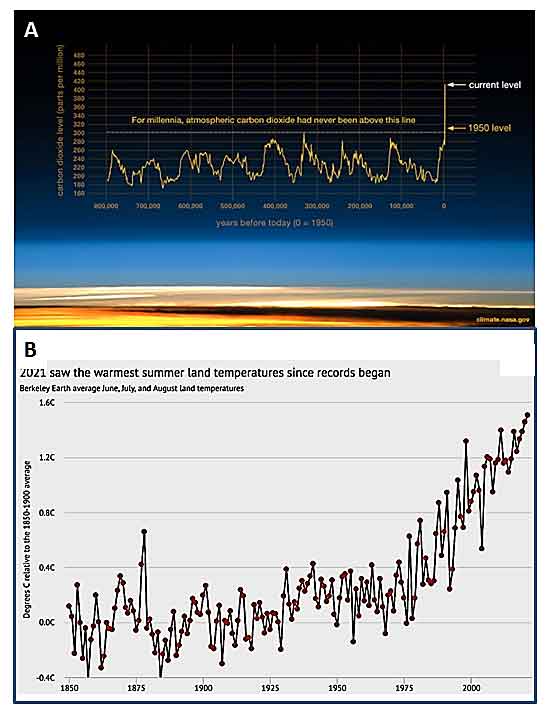
Figure 1. A. Mean global CO2 levels from 800,000 years to the present. NASA
B. Mean global temperature rise from 1850 to 2021
CarbonBrief: Atmospheric CO2 is now hitting 50% higher than pre-industrial levels.
As stated by CarbonBrief: “The year so far has been one of extremes, featuring record-shattering heatwaves, wildfires and flooding, as well as the warmest-ever northern-hemisphere summer – June, July and August – in the global land-surface record.”
Whereas climate negotiations mostly focus on possible reductions in emissions, the cumulative buildup of greenhouse gases is determining the future of the terrestrial climate. According to NASA “Once it’s (CO2) added to the atmosphere, it hangs around, for a long time: between 300 to 1,000 years.”.
Other estimates are much longer ( ).Because of the longevity of CO2 and other greenhouses gases in the atmosphere, a decrease in carbon emissions, while essential, is not sufficient to reduce CO2 levels in the atmosphere in time.
According to the IPCC “about 50% of a CO2 increase will be removed from the atmosphere within 30 years, and a further 30% will be removed within a few centuries. The remaining 20% may stay in the atmosphere for many thousands of years”. According to the US EPA (Environmental Protection Agency) “Atmospheric lifetime: 50-200 years. No single lifetime can be defined for CO2 because of the different rates of uptake by different removal processes”.
According to Solomon et al. (2009) and Eby et al. (2009) high levels of CO2 on the scale of 102 to 103 ppm would persist for millennia.
Global emission reductions, decreased in part due to COVID-19 economic slow-down, have little effect on the atmospheric CO2 level, as indicated by the current trend of atmospheric carbon dioxide, at record high levels despite reduced emissions in 2020 (Figure 2). This suggests to a significant extent the current rise in atmospheric CO2 arises from amplifying feedbacks from land and ocean.

Figure 2. A. Observed and forecast monthly and annual CO2 concentrations at Mauna Loa. Observations from the Scripps CO2 program, forecasts from Met Office. Credit: Met Office. B. Measured and forecast monthly CO2 concentrations at Mauna Loa Observatory, Hawaii. Black line: measurements by the Scripps Institution of Oceanography, UC San Diego. Solid red line with vertical uncertainty bars: forecast by the Met Office, including the revised forecast for 2020 issued in May 2020 accounting for reduced global emissions due to societal responses to Covid-19. The forecast uncertainty estimate is ± 0.6 ppm. Dotted red line: original Met Office forecast for 2020 issued in January 2020, not accounting for Covid-related emissions reductions. Horizontal dashed blue line: 417 ppm, a 50% increase above 278 ppm, the level in 1750-1800 from ice core records.
All taking place notwithstanding hollow promises made at COP26, a meeting noted for the near-absence of contributions by climate scientists.
In trying to avoid an exponential rise in greenhouse gases toward catastrophic levels, one option exists, namely urgent attempts at drawing down at least part of the CO2 concentration of the atmosphere. The $trillions of dollars required, constituting the “Price of the Earth”, may not exceed the $trillion dollars military expenses spent by the world over the last 70 years, including nuclear missile fleets which constitute a separate threat for life on Earth, as warned by Albert Einstein: “The unleashed power of the atom has changed everything save our modes of thinking and we thus drift toward unparalleled catastrophe”
Professor Andrew Glikson,Earth and climate scientist Email: [email protected]


